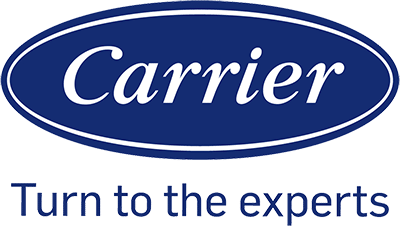Understanding Coil Cleaning in HVAC Systems
Regular cleaning of HVAC coils is essential for maintaining system efficiency and improving indoor air quality. This ensures optimal performance and helps prevent issues related to dirt and debris buildup.
Fundamentals of HVAC Coil Maintenance
Coil maintenance involves regular inspection and cleaning to remove accumulated dirt and debris. Dirty coils can reduce system efficiency, causing the HVAC system to work harder, use more energy, and fail to cool properly. Maintenance can extend the life of the air conditioning unit.
Effective cleaning methods include:
- Brushing: Manually removing large debris.
- Vacuuming: Suctioning out dirt particles.
- Chemical cleaners: Dissolving tough grime.
Regular coil cleaning improves airflow and heat transfer, ensuring the HVAC system runs smoothly.
Types of HVAC Coils: Evaporator and Condenser
HVAC systems have two main types of coils: evaporator coils and condenser coils.
Evaporator coils are located inside the indoor unit. These coils absorb heat from the indoor air, cooling it as the refrigerant inside the coils evaporates. Clean evaporator coils improve cooling efficiency and indoor air quality.
Condenser coils are found in the outdoor unit. These coils release heat outside as the refrigerant condenses. Clean condenser coils prevent overheating and ensure the system operates efficiently.
Both types of coils need regular cleaning for optimal performance. Neglecting coil maintenance can lead to breakdowns and higher energy bills. Clean AC coils are vital for a reliable and efficient HVAC system.
Step-by-Step Coil Cleaning Process and Tools
Effective coil cleaning ensures HVAC systems run efficiently. Key steps include preparing the area and using appropriate tools and cleaning agents.
Preparation Steps for Effective Coil Cleaning
First, turn off the HVAC system and any power sources. Safety is crucial, so wear gloves and safety goggles. Remove any large dirt or debris from the coils using a brush or vacuum. This clears the surface for easier cleaning.
Inspect the coils for damage or heavy buildup. If the coils look damaged, consult a professional. Ventilate the working area properly to avoid inhaling chemicals. Make sure to protect surrounding areas from potential chemical spills using plastic sheets or tarps.
Selecting the Right Coil Cleaning Tools and Agents
Choosing the right tools and cleaning agents is essential. A coil cleaning brush or coil cleaner helps loosen dirt and grime. A pressure washer or garden hose effectively rinses the coils. Use ac coil cleaner or Coilshine coil cleaner for efficient cleaning.
When using chemicals, follow the manufacturer’s instructions carefully. Soak the coils with the cleaning solution and let it sit for the specified time. Use a brush to scrub away stubborn dirt. Finally, rinse thoroughly with water to remove all residues. Always inspect the coils after cleaning to ensure they are free of dirt and properly functioning.
Benefits and Best Practices for Coil Maintenance

Proper coil maintenance is essential for improving indoor air quality and increasing the longevity of HVAC systems. Following cost-saving tips and scheduling regular maintenance can also help prevent costly repairs and reduce energy bills.
Improving Indoor Air Quality and System Longevity
Cleaning the condenser and evaporator coils enhances indoor air quality by removing contaminants like dust and mold. This reduces allergies and respiratory issues. Clean coils allow better heat transfer, improving the system’s efficiency and preventing overworking.
Regular maintenance stops corrosion and buildup of contaminants that can cause system failure. Using tools like a fin comb or accessing the coils via an access panel aids in thoroughly cleaning each part, resulting in more efficient airflow and a longer system lifespan.
Cost-Saving Tips and Regular Maintenance Schedules
Setting up a routine maintenance schedule, such as spring checks, helps in spotting issues early, reducing higher utility bills. DIY maintenance tasks like turning off the circuit breaker, removing the access panel, and cleaning the coils with guide instructions can save on technician costs.
Utilizing energy-efficient practices, such as keeping the coils clean, reduces energy consumption, lowering utility bills. Regular cleaning prevents costly repairs by avoiding major breakdowns. Reassembling the system properly and ensuring all parts are dry and in place is essential to maintain system performance.




